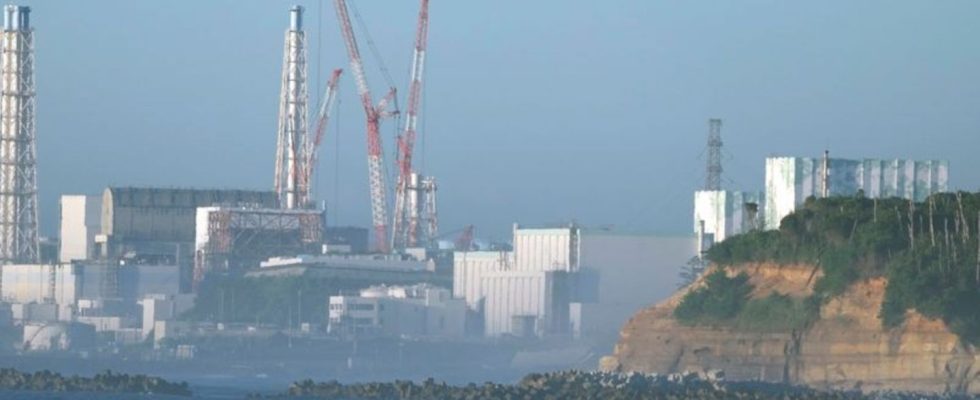Japan
Discharge of Fukushima cooling water into the sea has started
The Fukushima Daiichi Nuclear Power Plant. photo
© Eugene Hoshiko/AP
All protests by fishermen and neighboring countries brought nothing: A good twelve years after the super meltdown, the Japanese government began discharging treated cooling water from the Fukushima nuclear ruins into the sea.
In March 2011, a severe earthquake and massive tsunami caused a core meltdown at the Fukushima Daiichi nuclear power plant. Since then, the reactors have had to be cooled with water that is stored in more than 1,000 tanks – now there are over 1.3 million tons.
About 30 years for dumping
But now, according to Tepco, the space for the tanks is running out. In addition, long-term storage on the site threatens to impede the decommissioning work on the nuclear ruins. Leaks could also occur. Dumping the huge amounts of water is expected to take around 30 years. The contaminated cooling water is treated before it is discharged into the Pacific, but the filter system cannot filter out the radioactive isotope tritium.
Tepco therefore dilutes the water with seawater to such an extent that the tritium concentration drops to 1,500 becquerels per liter, which the operator says is less than a fortieth of the national safety standard. The International Atomic Energy Agency (IAEA) had approved the dumping and said Japan was meeting international safety standards. The effects on people and the environment are “negligible”.
Fishermen avoid fishing grounds
Japan’s fisheries agency plans to test seafood for radioactive tritium every day for the next four weeks. The test results should be published within two days. Samples will be taken from two locations within a ten kilometer radius of the nuclear ruins. Japan’s fishermen are already voluntarily avoiding fishing grounds this distance from the nuclear facility. They rejected the dumping of the cooling water in the ocean to the last.
Since the meltdown in 2011, fishermen have been trying to recover from the business losses caused by the disaster. Now they fear the reputation of their seafood will be tarnished again. Environmentalists and neighboring countries such as China also criticized and called on Japan not to direct the water into the sea, but in vain. However, experts point out that the discharge of contaminated cooling water from nuclear power plants is routine around the world. Critics, on the other hand, argue that the Fukushima case is not a normally functioning nuclear power plant, but destroyed reactors as evidence of the worst nuclear catastrophe since Chernobyl in 1986.

